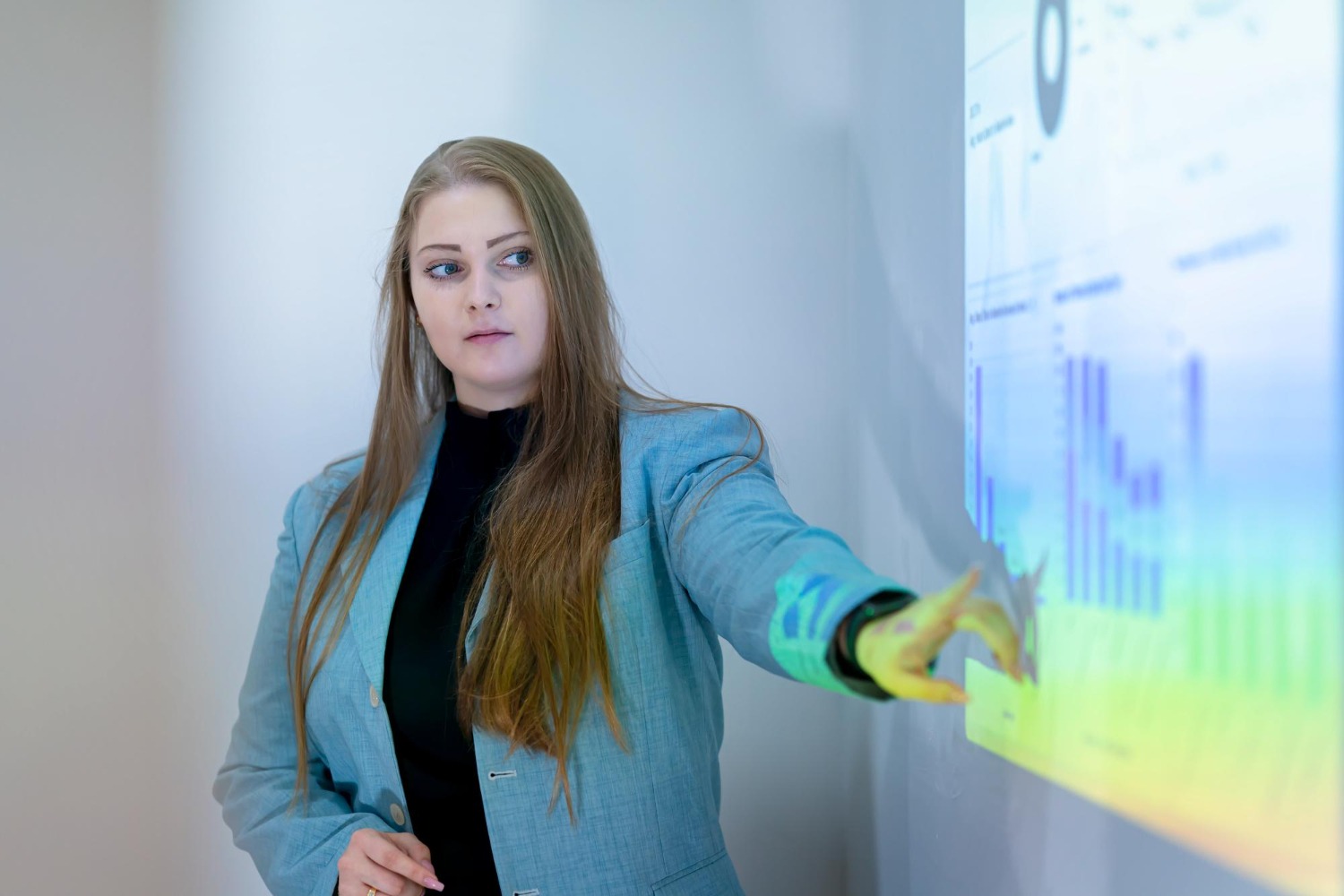How Software Development is Evolving in the Age of AI
The journey has been marked by innovation, automation, and an ever-growing reliance on artificial intelligence (AI). AI is now making a profound impact on the way software is developed, tested, deployed, and maintained, accelerating the pace of innovation while introducing new challenges and opportunities.
1. AI-Assisted Development: Accelerating the Coding Process
One of the most significant ways AI is transforming software development is through code generation and assistance. AI-powered tools, such as GitHub Copilot and Tabnine, are enhancing the coding process by offering suggestions in real-time, auto-completing lines of code, and even generating entire functions based on the developer’s input. These tools leverage natural language processing (NLP) models, trained on vast code repositories, to provide developers with intelligent suggestions and help streamline the process of writing code.
By reducing the time spent on repetitive and boilerplate tasks, AI-assisted development tools enable developers to focus on more complex and creative aspects of their work. As a result, development cycles become shorter, and the barrier to entry for new developers is lowered, making programming more accessible.
2. Automated Testing: Improving Software Quality
Testing has always been a critical phase in the software development lifecycle, but AI is now taking automation in this domain to the next level. Traditional testing methods, such as manual testing and scripted test cases, are time-consuming and error-prone. AI, however, is enabling smarter and more efficient testing processes.
Machine learning algorithms are being applied to detect bugs and vulnerabilities in software by analyzing patterns in previous test results and identifying areas that are more prone to failure. Additionally, AI can automatically generate test cases, simulate different user interactions, and perform regression testing, ensuring that new features do not introduce unintended issues.
AI-driven testing frameworks, like Applitools, use computer vision to automatically validate the visual appearance of applications across different devices and screen resolutions. These tools can catch visual inconsistencies that may have otherwise gone unnoticed in traditional testing.
The result is faster, more comprehensive testing that not only improves software quality but also accelerates the release cycle.
3. Enhanced Code Review and Maintenance
Code reviews are an essential part of the development process, ensuring that the code is not only functional but also maintainable, secure, and scalable. Traditionally, code reviews have been manual, requiring developers to meticulously check one another’s work. AI is now assisting in this process by automating code reviews.
AI-powered code review tools, such as DeepCode and CodeGuru, use machine learning to analyze codebases and provide feedback on potential issues, best practices, and optimizations. These tools can identify problems such as security vulnerabilities, inefficiencies, and even areas where the code could be more readable or concise.
Furthermore, AI is also helping with code maintenance. Over time, software systems evolve, and maintaining codebases can become increasingly complex. AI-driven tools can monitor changes in code and detect when certain parts of the code need refactoring or updating. They can even help predict where bugs are likely to appear in the future, allowing developers to address issues proactively.
4. AI-Powered DevOps: Streamlining Deployment
DevOps, the practice of combining development and operations teams to enhance collaboration and efficiency, has seen a significant transformation with the introduction of AI. By integrating AI into DevOps processes, organizations can automate and optimize various stages of the software delivery pipeline, from build to deployment.
AI can analyze historical deployment data and predict the best times for code deployments, reducing the risk of disruptions or downtime. It can also help with continuous integration and continuous deployment (CI/CD) pipelines by automatically detecting issues and rolling back deployments when problems occur.
Moreover, AI-driven monitoring tools can analyze system performance in real-time and identify anomalies or performance degradation before they affect end users. This proactive approach allows teams to address issues before they escalate, ensuring more reliable and stable applications.
5. AI in Personalization and User Experience (UX)
AI is enabling software developers to create applications that can learn from user interactions and adapt to their preferences, behaviors, and needs. This level of personalization enhances user satisfaction and engagement.
Machine learning algorithms can analyze user data and generate personalized recommendations, custom interfaces, and tailored content. For instance, streaming platforms like Netflix use AI to suggest shows and movies based on viewing history, while e-commerce sites like Amazon personalize product recommendations.
By leveraging AI to personalize the user experience, software developers can create more intuitive and engaging applications, improving user retention and increasing business value.
6. AI-Powered Chatbots and Virtual Assistants
Chatbots and virtual assistants have become integral components of modern software, offering users seamless interaction and support. AI plays a crucial role in their development by enabling natural language understanding (NLU) and natural language processing (NLP).
AI-powered chatbots can handle customer inquiries, provide technical support, and even guide users through complex processes. They can analyze user input in real-time, offering intelligent responses and improving over time by learning from interactions. As AI technology advances, these virtual assistants are becoming more sophisticated, capable of handling a wider range of tasks and providing more human-like interactions.
Incorporating AI-driven chatbots into software applications enhances user experience and can also reduce operational costs for businesses by automating routine support tasks.
7. Ethical and Responsible AI in Software Development
As AI becomes more integrated into software development, ethical considerations are paramount. Developers must ensure that AI technologies are used responsibly, avoiding bias and ensuring fairness, transparency, and accountability.
AI models must be trained on diverse and representative datasets to avoid reinforcing harmful stereotypes or perpetuating biases. Additionally, software developers need to establish frameworks for auditing AI systems, ensuring that they comply with legal and ethical guidelines.
The development of ethical AI is critical not only for regulatory compliance but also for building trust with users and stakeholders.
Conclusion
The evolution of software development in the age of AI is a testament to the power of technology to drive innovation and efficiency. AI is enhancing every aspect of the software development lifecycle, from coding and testing to deployment and maintenance. By automating routine tasks, improving software quality, and enabling personalized experiences, AI is empowering developers to create more robust, scalable, and user-centric applications. As AI technology continues to evolve, the future of software development looks brighter than ever, offering new opportunities and challenges for developers and businesses alike. Embracing AI in software development is no longer a choice but a necessity for staying competitive in an increasingly digital world.




